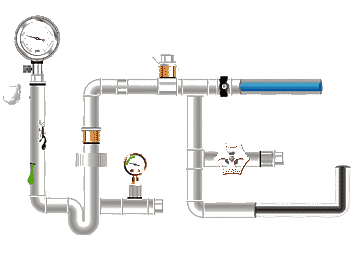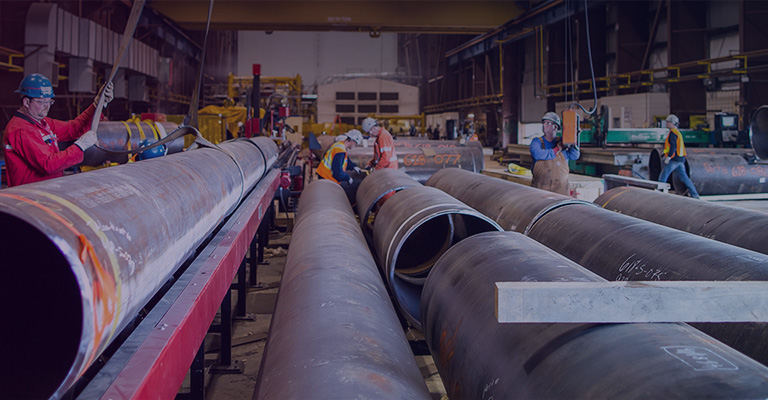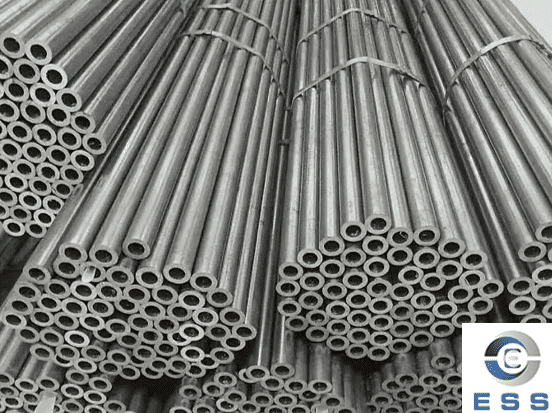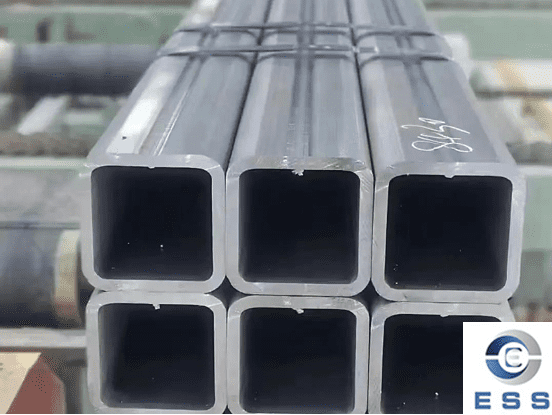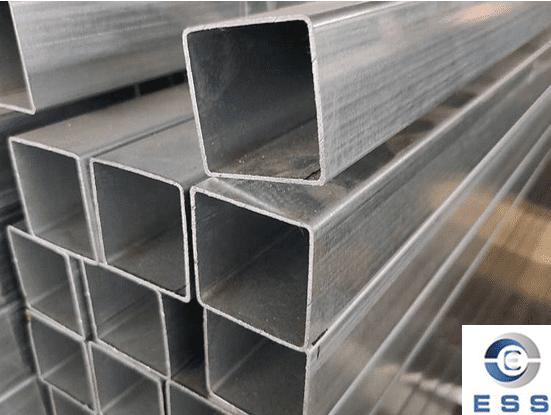Low-pressure boiler
tube refers to seamless
steel tube used to manufacture low-pressure boilers (pressure less than or
equal to 2.5MPa). This type of steel tube is usually made of steel ingots or
solid tube billets through perforation, hot rolling, cold rolling or cold
drawing. Low-pressure boiler tubes are mainly used to manufacture superheated
steam tubes, boiling water tubes, water-cooled wall tubes, smoke tubes and arch
brick tubes of various structures of low- and medium-pressure boilers.
The material of low-pressure boiler tubes
is usually high-quality carbon structural steel, and the common materials are
No. 10 and No. 20 steel. These steel pipes are used to transport low and
medium-pressure fluids in industrial boilers and domestic boilers. They have
high strength and good plasticity and can meet the use requirements of boilers
under different working conditions. So what are the quality standards of these
low-pressure boiler tubes? How to conduct quality inspection?
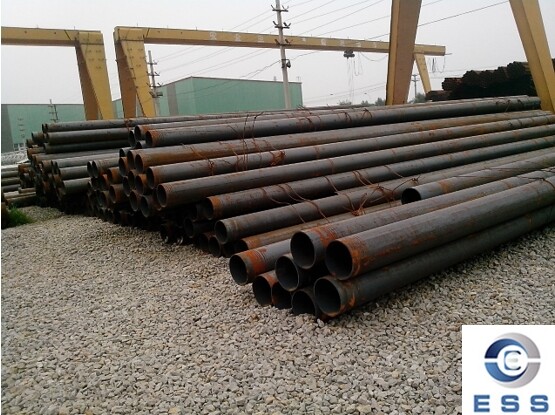
The quality standards of low-pressure
boiler tubes mainly include the following aspects:
1. Size and shape
The outer diameter and wall thickness of
low-pressure boiler tubes have a clear allowable deviation range. For example,
the allowable deviation of the outer diameter D1 is ±1.5%,
with a minimum of ±0.75 mm; the allowable deviation of
the outer diameter D2 is ±1.0%, with a minimum of ±0.50 mm; the allowable deviation of the outer diameter D3 is ±0.75%, with a minimum of ±0.30 mm; the
allowable deviation of the outer diameter D4 is ±0.50%,
with a minimum of ±0.10 mm.
2. Chemical composition
The chemical composition of low-pressure
boiler tubes is specified in detail to ensure their mechanical properties and
corrosion resistance. For example, the common material is No. 20 steel, which
is a high-quality carbon structural steel with a carbon content of no more than
0.17%.
3. Mechanical properties
The mechanical properties include tensile
strength, yield strength, elongation, etc., to ensure the stability and
reliability of the steel pipe under complex working conditions.
4. Metallographic structure
The metallographic structure affects the
strength and toughness of the steel pipe, and the standard has clear
requirements for it.
5. Nondestructive testing
Nondestructive testing is used to detect
defects inside and on the surface of steel pipes to ensure the quality and
reliability of steel pipes.
The methods for testing the quality of
low-pressure boiler tubes mainly include the following aspects:
1. Appearance inspection
First, the appearance of the low-pressure
boiler tube should be inspected, including the gloss of the outer surface, the
flatness of the surface, and the presence of scratches, cracks and other
defects. Attention should be paid to checking whether there are problems such
as desoldering and corner bending at both ends of the tube, and whether there
are abnormal conditions such as depressions and bulges on the tube wall.
2. Dimension detection
Measure the diameter, wall thickness,
length and other dimensions of the low-pressure boiler tube. Use measuring
tools such as calipers and micrometers to measure and compare with
manufacturing standards to check whether they meet the specified size range.
3. Internal inspection
Evaluate the internal quality of the
low-pressure boiler tube through fluid or optical detection methods. Fluid
detection usually includes testing the flow performance of the liquid or gas in
the pipeline to detect leaks, blockages and other problems. Optical detection
can use equipment such as endoscopes to observe the welds, edges and corners
inside the tube.
4. Chemical composition analysis
By analyzing the physical and chemical
composition of low-pressure boiler tubes, it is possible to detect whether the
material meets the standard requirements. Commonly used chemical analysis
methods include spectral analysis, electron probe analysis, etc.
5. Stress test
By applying a certain stress on the
low-pressure boiler tube, it is possible to detect whether the pipe can
withstand pressure and maintain the stability of its shape. Commonly used
methods include pressure test and tensile test, etc.
Summary
Through the comprehensive testing of the
above aspects, the quality of low-pressure boiler tubes can be effectively
evaluated. When conducting the test, the relevant standards should be strictly
followed, and accurate and reliable testing equipment and methods should be
used to ensure the accuracy and reliability of the test results.









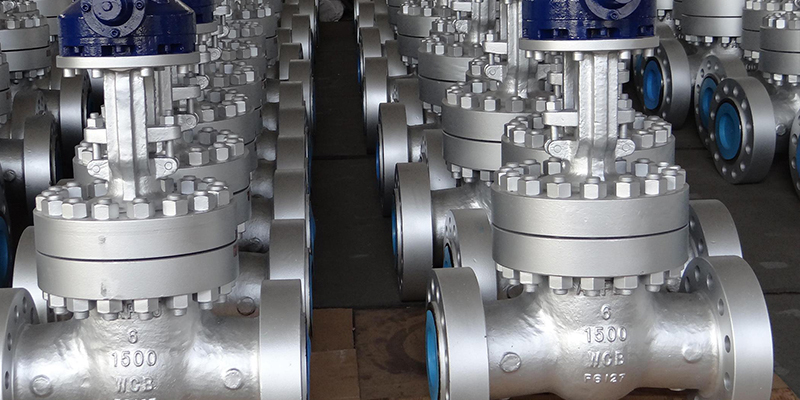
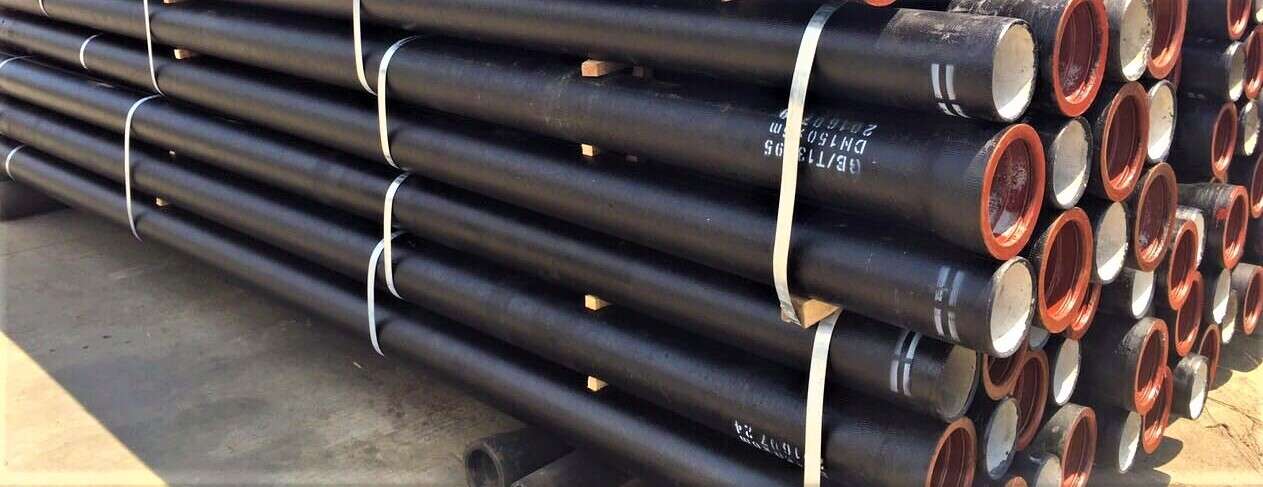


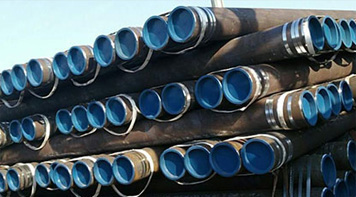 Eastern Steel Manufacturing Co.,Ltd not only improve product production and sales services, but also provide additional value-added services. As long as you need, we can complete your specific needs together.
Eastern Steel Manufacturing Co.,Ltd not only improve product production and sales services, but also provide additional value-added services. As long as you need, we can complete your specific needs together.
